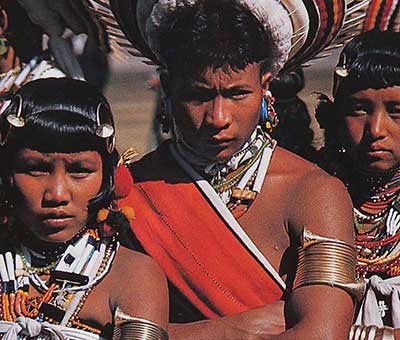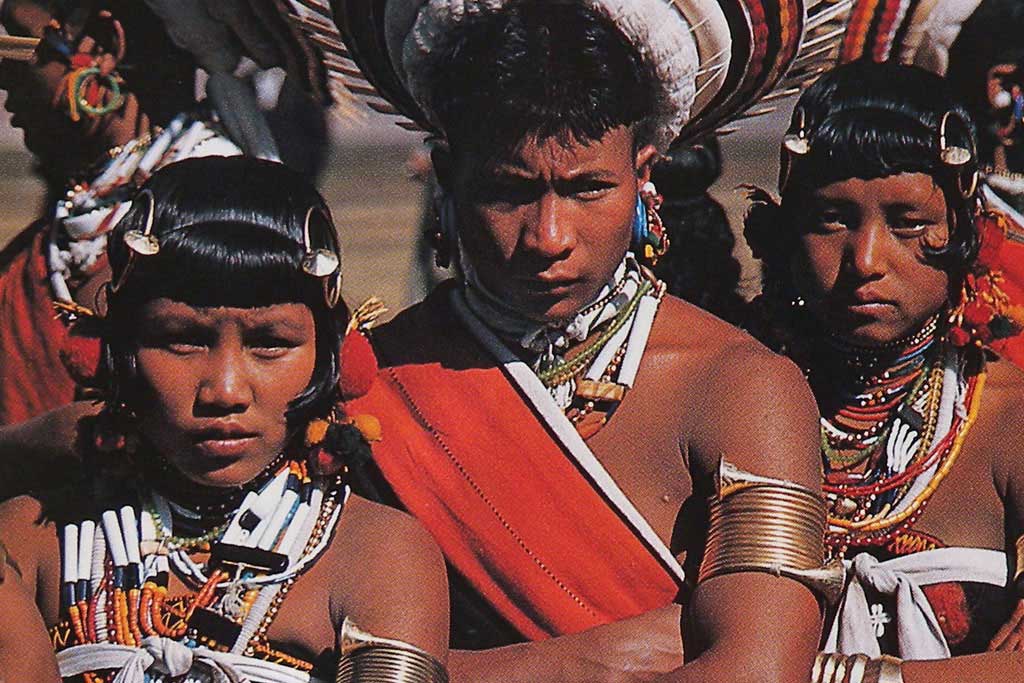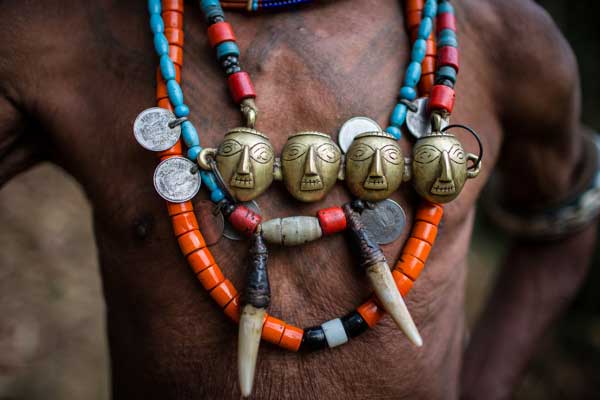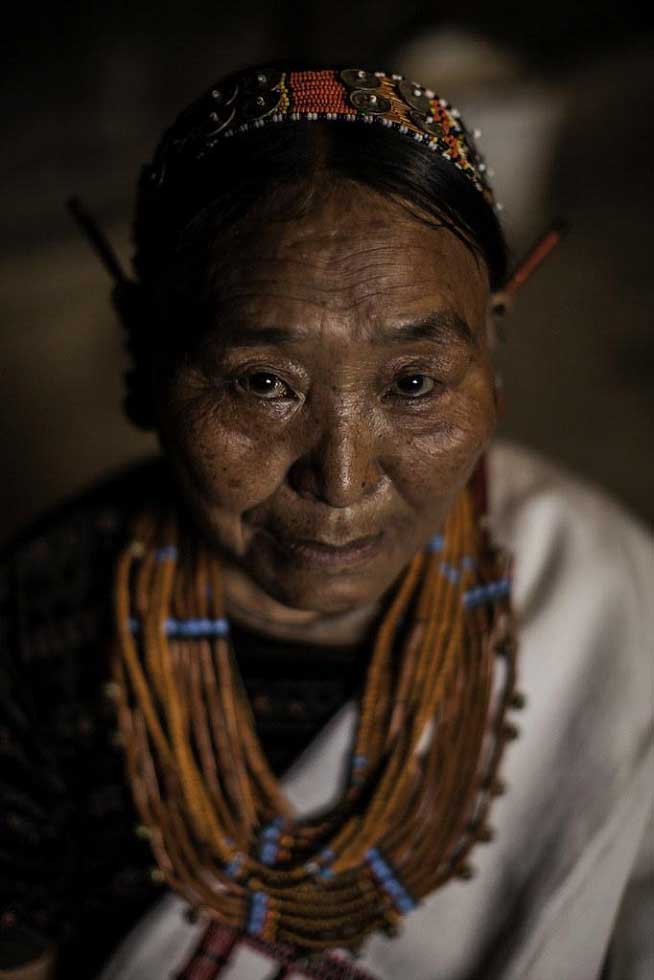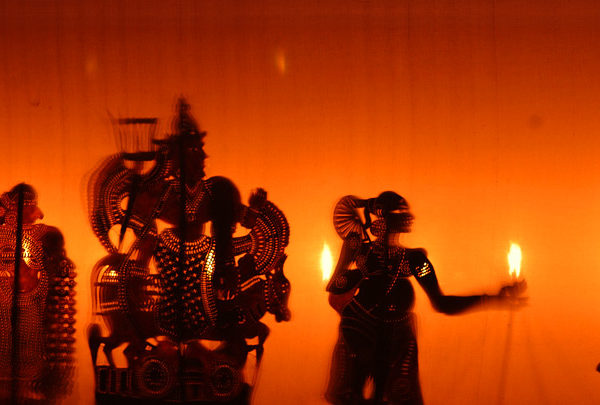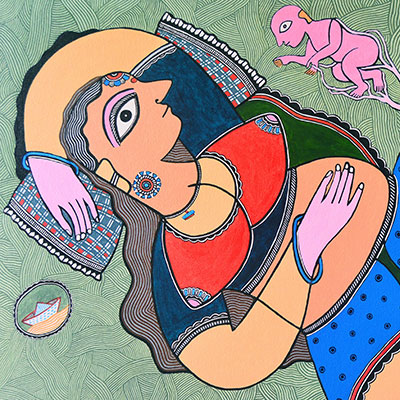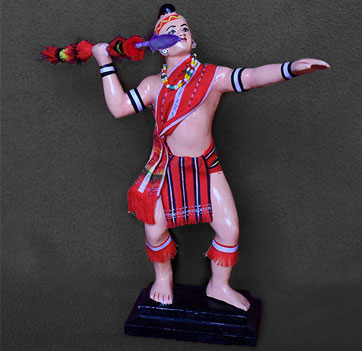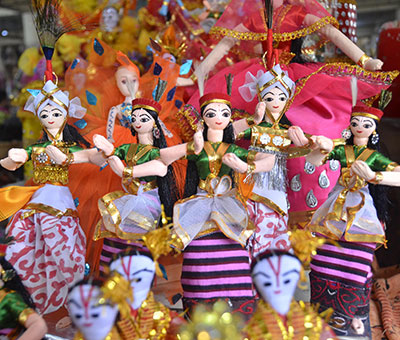Ever wondered why we wear jewelry? Or what else would a jewelry be, if detached from its nature of decoration?
People today, adorn jewelry to accentuate their physical appearance, some wear it traditionally. If the jewelry was to act as an extension of our physical bodies, could it be called a prosthetic?
If Prosthetic is an artificial feature or a piece of flexible material applied to a person’s face or body to change their appearance temporarily; could jewelries be our temporal enhancement of physical being?
Often, more than knowing answers to certain questions, effective questioning becomes an important act to control our minds than letting it control us.
To be able to learn about traditional Ornaments of Nagaland, holding onto the former questions becomes vital for ornaments to Naga tribes are beyond its social purpose and not just limited to life.
The Homeland to 16 prominent tribes and various other sub-tribes is Nagaland; situated amidst the hills and mountains of Northeastern part of India. The word Naga is popularly believed to have originated from the Burmese word na-ka, meaning people with earrings. naka was recorded as naga, and has been in use thereafter.
Folx in the Asian subcontinent have been adorning their bodies with Jewelries or personal ornaments for centuries, regardless of their gender identity. Moreover, Asia was one of the first places to make jewellery in masses for the royals. The people belonging to the era of the Indus Valley Civilization were one of the first to start jewelry making.
For the people of Nagaland, jewelry is not a mere accessory for adornment but is quintessential to their identity as a tribe. Besides fulfilling the social needs of the people, they serve visually to distinguish the warrior and commoner classes.
The traditional ornaments of Nagaland are multi-colored with simple designs and are crafted with a variety of beads, feathers, brass, bronze, shells, claws, wood, glass, bone, precious stone, boar tusk, claws, horns, and ivory. The colorful and intricately designed costumes, jewelry, beads are symbolic of the land’s ancient heritage.
Konyak Collar
Ancient deomani glass beads that are short, tubular, or cylindrical are used to make the Konyak collar and are adorned with small size heads made of brass. Red beads in a collar indicate danger, blood, and flame. Wearing tiger teeth symbolizes the courage of mxn who have hunted and exterminated tigers.
The collar serves as a symbolic descriptor of the wearer’s tribal orientation and social status. A Konyak mxn’s status is derived from how often one and one’s forefathers hosted lavish feasts, one’s prowess in warfare, how many heads were taken, and in some areas, how many extramarital affairs one could brag.
Beaded Jewellery of naga
Nagas believe that the beads contain all prayers that are made and sustained under the shimmering mountain sun. Among the nagas, necklaces that are thick with many strands are ordinarily worn by womxn. They believed that the thicker the neckpiece, the higher the presumed wealth of the wearer and one’s family
These accessories are made out of broken glasses in which most of the colorful glass beads are strung together with locally made fiber cords that are further intertwined with coins.
Similarly, there are many such jewelries native to a specific naga tribe like konyak Trophy Heads, kuki Jewellery, and more.
Ornaments among nagas are socially bound; beyond life. In the event of unnatural death all possessions, including ornaments, are left either at the place of death or in the abandoned house occupied by the family of the deceased. This ritual, now restricted to the interior, was practised among most nagas in the past. In certain regions, many such abandoned collapsed houses can yet be seen. The rituals vary as per the tribe. In some naga tribes, in the event of an accursed/exceptional death, (a death in childbirth or by drowning or other accident) everything in the household of the deceased is abandoned. The house as well cannot be burnt down until it collapses on its own. All the belongings, including money, are kept untouched and unattended. In other naga tribes, mxn who die violent deaths, for instance by tiger attack or accident, are simply abandoned, without sheathing or ornament, as their death was ascribed to the disapproval of the Gods
Text by: Rageshree Ranade
Image credits: Marina Vaptzarova, sinsentidoobligatorio.com, Anthony Pappone, Retlaw Snellac’s Photography, Akan Art Gallery & ethnicadornment.com.
Find out more about the Craft:
http://oaji.net/articles/2017/1870-1542607361.pdf
https://journals.lib.washington.edu/index.php/BIPPA/article/view/12005/10630

